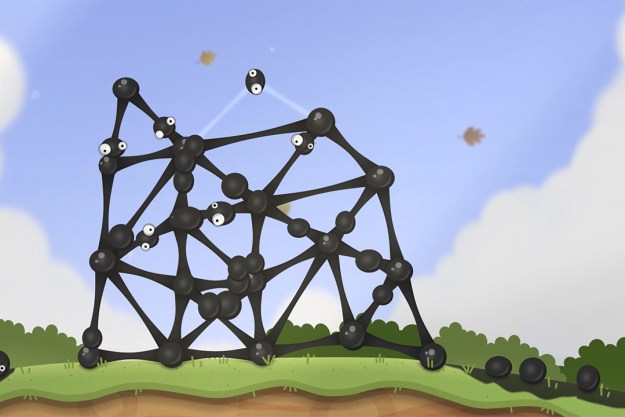During today’s Nintendo Direct, the company announced Mario Strikers: Battle League for the Switch. The game is another entry in the Super Mario Strikers franchise, a wacky, high-powered version of soccer that started on the GameCube. Mario Strikers: Battle League will release on June 10, with pre-orders available today.
Up to eight players can team up on local multiplayer and face off against one another in Mario-themed soccer matches that incorporate attacks, items, special abilities, and more.
Like standard soccer matches, players are aiming to score more goals than the opposing team. Unlike standard soccer matches, players will have a wealth of abilities and shot styles available to them to dust the competition. The game’s trailer showed off tackles that allow Mario and company to knock each other out of the way in pursuit of a goal. Players can also equip gear on their character that changes both their appearance and a variety of stats, like strength, speed, and more, giving the game an RPG-like twist.
In the style of Super Smash Bros., each character can also use a special ability. Players can interact with glowing orbs that appear across the field to start charging a Hyper Strike, a powerful shot that scores two goals instead of one. Hyper Strikes must be charged carefully without opponents noticing, lending an element of strategy and trickery to the game. Pulling off a Hyper Strike rewards players with a cutscene and a fun on-field effect.
The game will also include an online club mode. Up to 20 people can join a club and face off for the highest ranking among themselves and other clubs around the world.
Mario Strikers: Battle League releases on June 10 for Nintendo Switch.
Editors' Recommendations
- Hades 2 shows the Steam Deck’s biggest advantage over the Nintendo Switch
- All upcoming Switch games: 2024 and beyond
- Paper Mario: The Thousand-Year Door remake is full of quality of life updates
- All cross-platform games (PS5, Xbox Series X, PS4, Xbox One, Switch, PC)
- Every rumored video game console: Nintendo Switch 2, PS5 Pro and more



